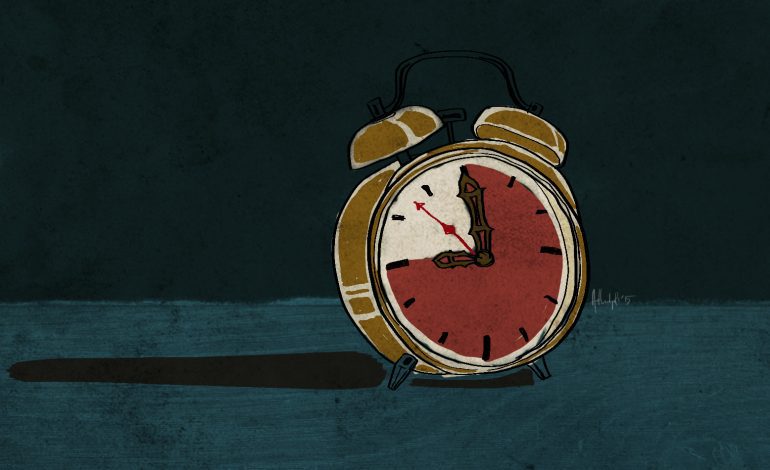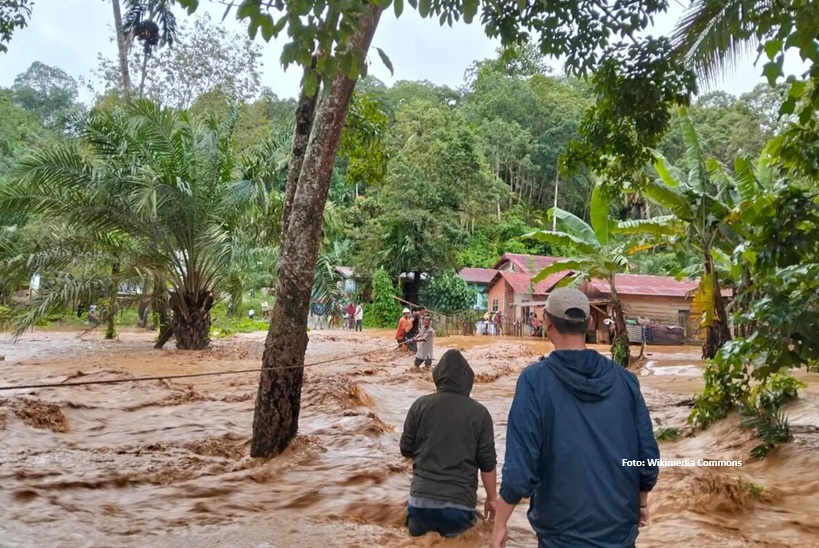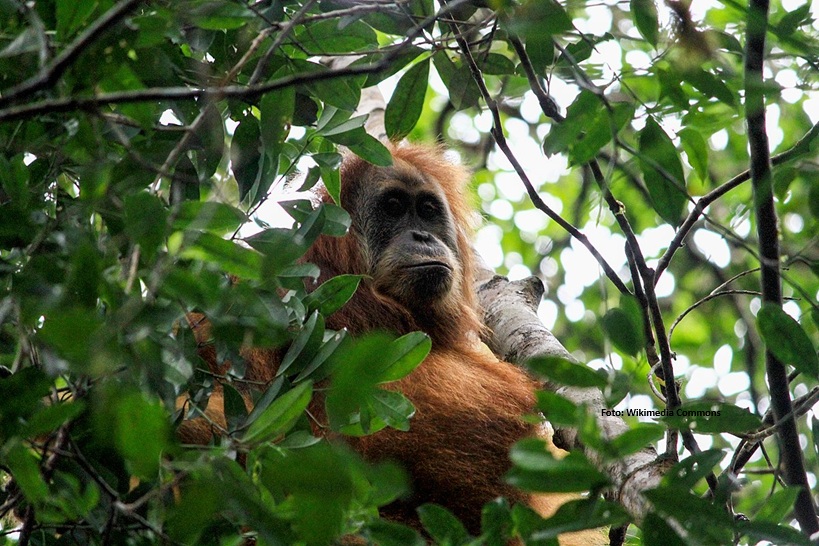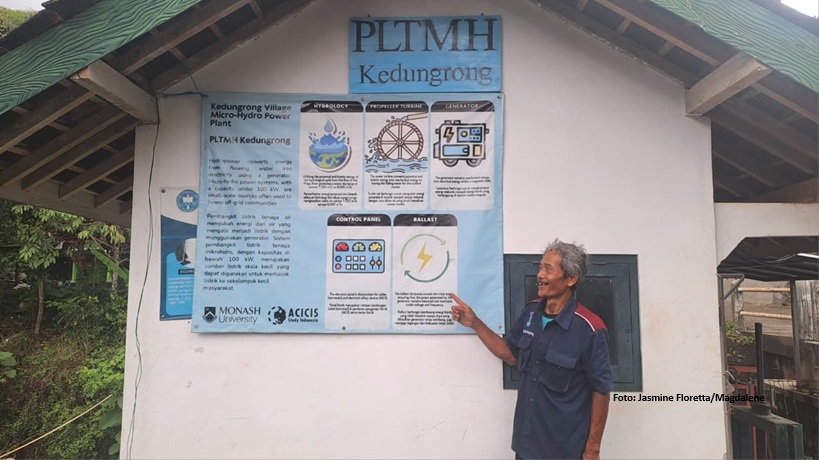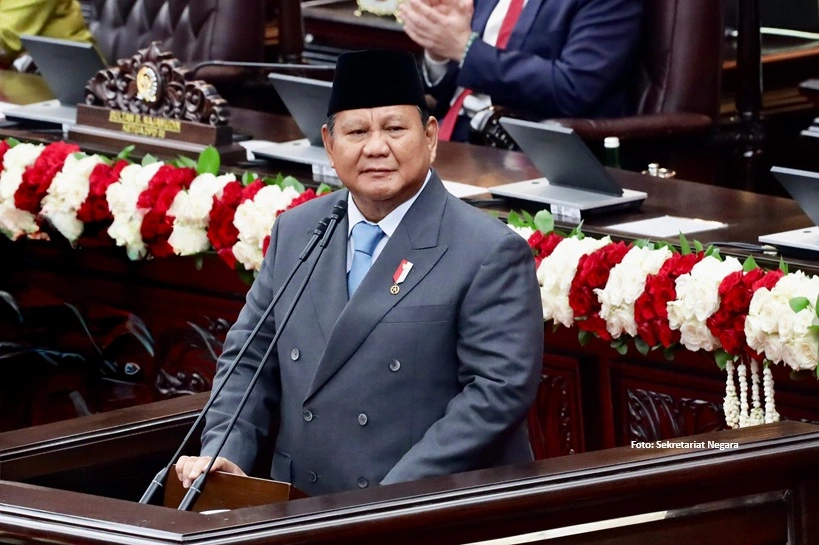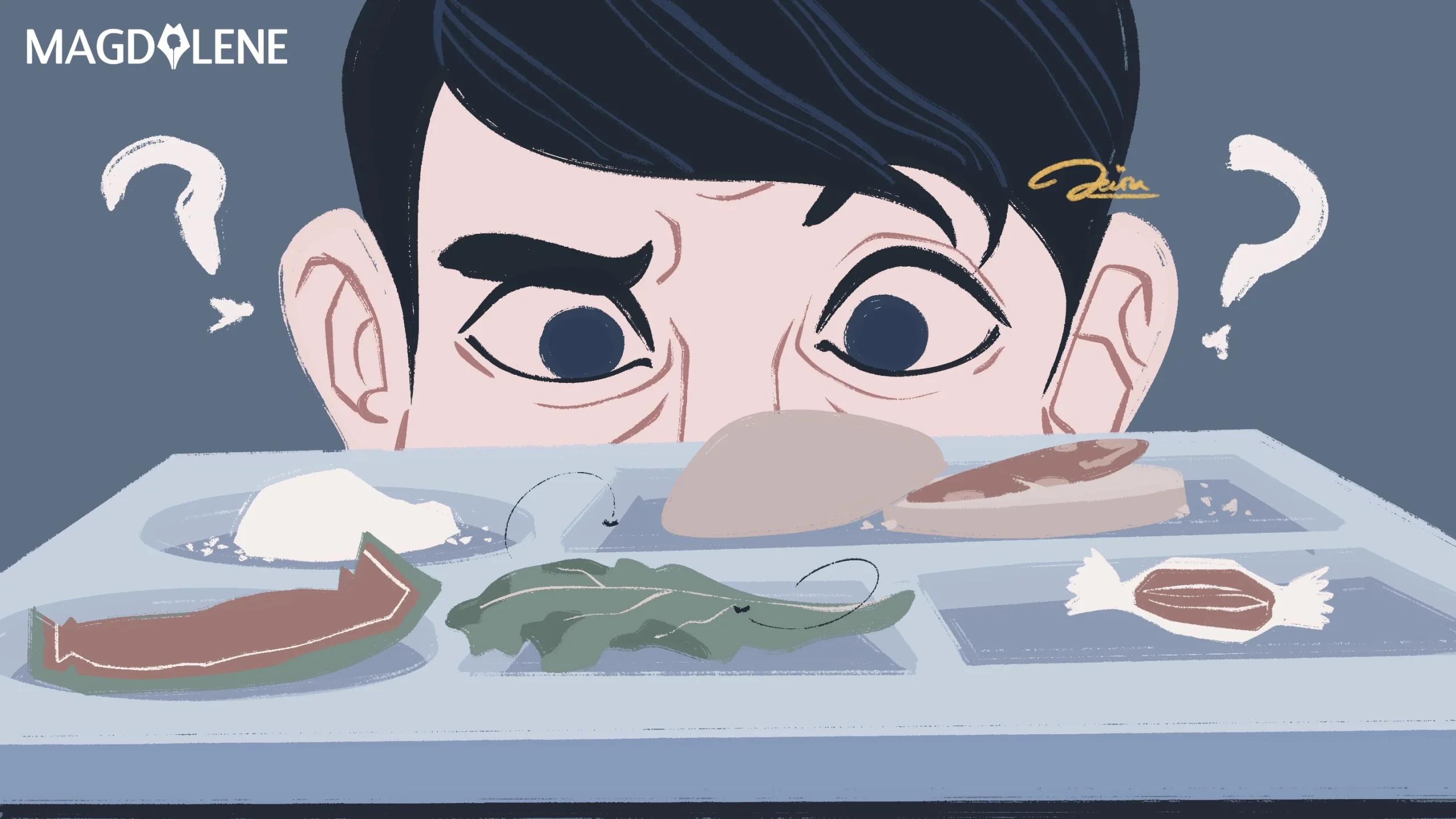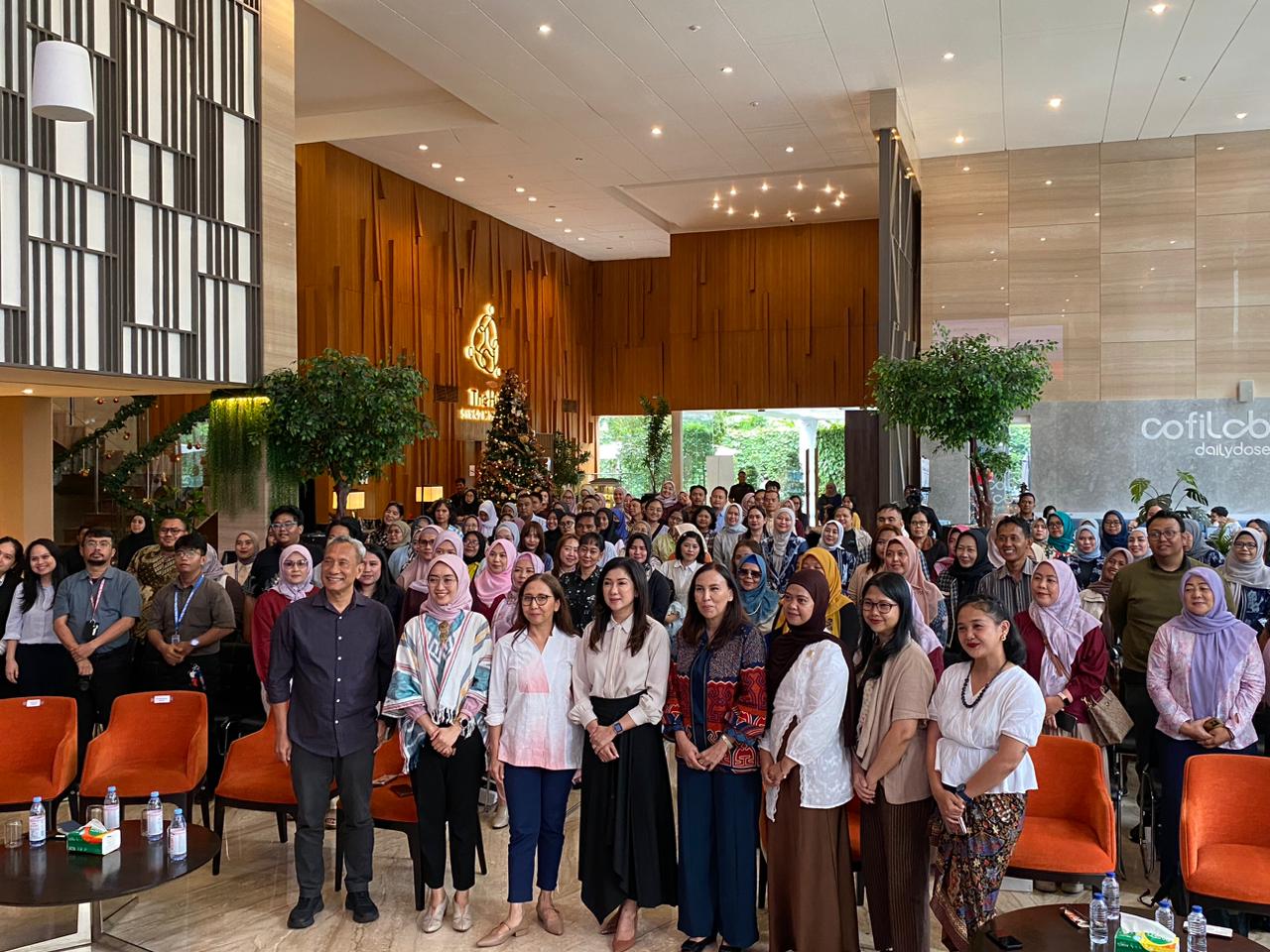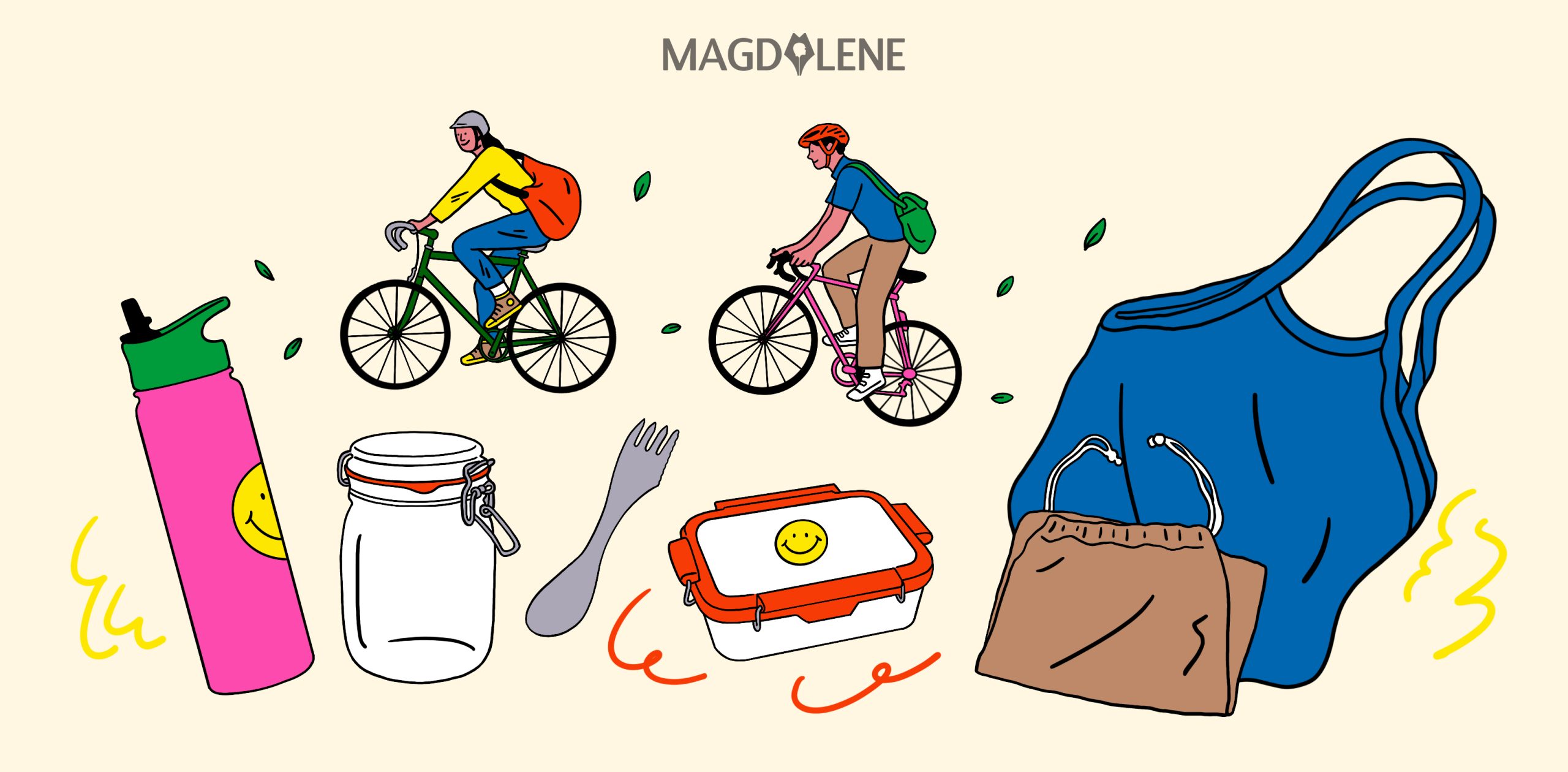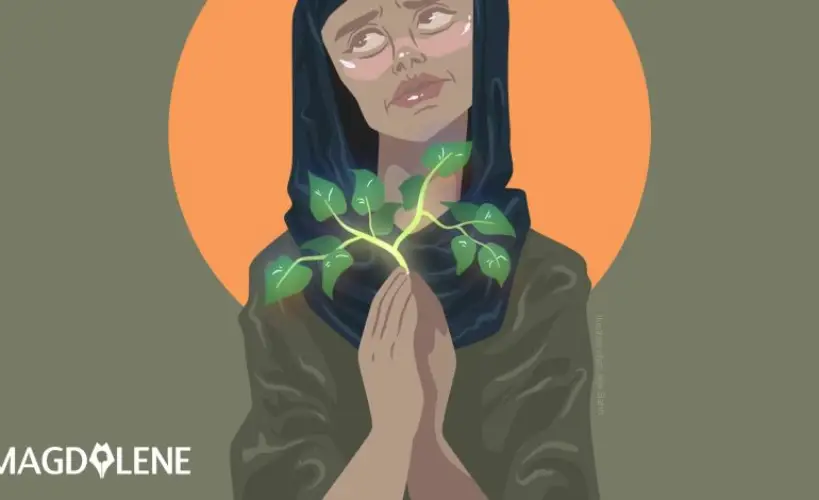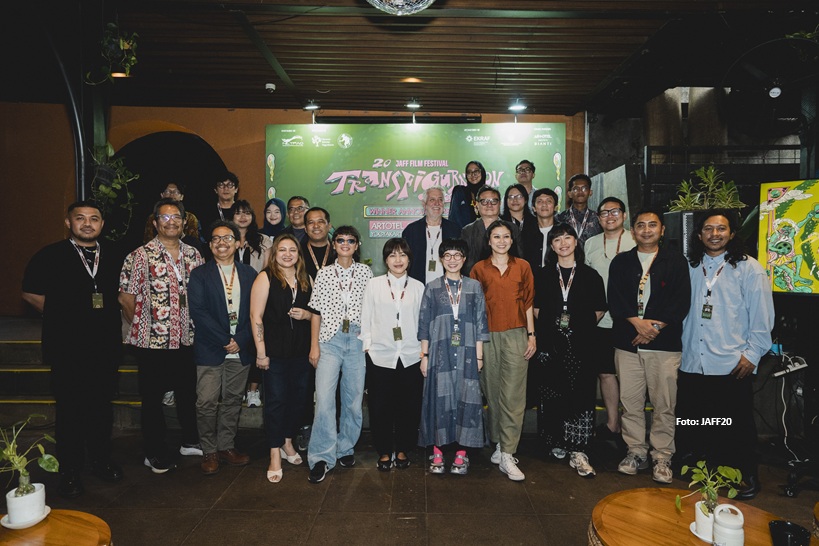Aruna & Her Inconsistent Tongue: Book Review

An idea may sound good as a concept, but not necessary as good when turned into a work of fiction. This is what happens to Aruna & Lidahnya (Aruna & Her Tongue) by Laksmi Pamuntjak.
This second novel after Amba tells the tale of a 35 years old woman in her journey to investigate bird flu cases in remote areas across the Archipelago. Aruna is an epidemiologist hired by the Ministry of Health (disguised in this book as “Mabura” Ministry). Her trip from Aceh to Lombok becomes a sort of a culinary adventure for Aruna, who admits to “want to maintain my waistline but cannot control my appetite.”
Aruna’s culinary tour disguised as bird flu cases investigation (or vice versa?) is accompanied by three friends: Bono, a professional chef with experience in New York who can whip up a fusion meal of noodle and foie gras; Nadezdha, who is of a mixed Sundanese, Acehnese, French and Persian blood as well as a charming lifestyle consultant (so charming that Aruna says she is popcorn to Nadezdha’s champagne); and Farish, Aruna’s office colleague.
Laksmi infuses her extensive knowledge about the culinary wealth of Indonesia into this book, being the writer of four series of The Jakarta Good Food Guide. Following the culinary adventure of Aruna and friends will make us realize the nearly bottomless depth of Indonesia’s culinary riches. From the wonder of rujak soto questioned by Bono to the cooking tradition in Aceh practiced mostly by men.
Having recovered from the amazement over the wealth of Indonesia’s cuisines, however, one cannot help but wonder, what is it that the writer wants to convey in this novel? A culinary adventure wrapped in a journey to investigate bird flu epidemic, or the other way around? It is obvious that Aruna and Her Tongue is neither driven by the characters nor the consequences of choices made by the characters.
If this novel wants to explore Indonesia’s culinary world, it is not apparent in the changes that occur in the plot, whether as life fragments that Aruna has gone through as the consequences of her culinary option, for example. If the novel wants to bring readers along to investigate anything to do with the decision-making process on bird flu cases, there is nothing much going on apart from the machination of the investigative assignment.
In terms of characterization and plot, there are too many unnecessary parts or questionable objectives. A scene in which four guys compete with each other as they guess the age and origin of wines is a failed attempt to showcase their knowledge of wine in a classy way. But the dialog between Aruna and a bird flu suspect in Palembang is enjoyable to read. Laksmi’s mastery of Palembang food flows seamlessly with the story that it does not appear patched.

Aruna as the main character is impressive and all so human, making her relatable. It is in contrast with Nadezhda with her superlative beauty, intellect, culinary knowledge and her sexpertise – the series of superiorities that makes her boring and lacking human dimensions. Despite the positioning of this book as a culinary tale, Bono cooking prowess is not elaborated enough. Farish, Aruna’s colleague and former activist, appears too comical and his character development seems to have only been prepared to serve a romantic purpose.
Compared to Amba, differences in theme and style, the first novel shows consistency in its narrative, which can’t be said of Aruna. There are some long-winded sentences that make for tiring read. A sentence can reach half a page and in the first chapter, there is even a three-page paragraph. What did the writer expect by writing these lines? The audience’s amazement with Aruna’s detailed vision as a storyteller?
The overuse of the word “and” to begin a sentence (a total of 134 sentences) shows the importance of editor’s role when editing a manuscript, because repetition ruins the joy of reading. Inconsistencies also sprawled throughout the book, such as the use of NGO or its Indonesian translation “LSM”, the lack of continuity in using different type of communication channel (in one scene Aruna uses text message but on the next page she uses Whatsapp chat room).
Another disturbing thing is the story of a Singkawang resident who is involved in a local election dispute. In the book “…he was defeated at Constitutional Court level.” Actually, in 2012 every dispute was processed at the Court only. Such basic mistake should have not appeared in a novel, which makes a competent editor urgently needed.
So, is Aruna & Her Tongue fulfills its promise as a culinary novel? It is not accomplished in full, because what is materialized in this novel is merely fictionalization of a food-tasting journey. You would be disappointed if you expect a fun adventure or human drama seasoned with culinary spices.
It is healthier if you read this book on a trip, inside the waiting room of a train station or an airport. Hopefully, by reading this book you’d appreciate the rich culinary wealth of the country and would find the time to taste local cuisine every where you go to.
Aruna & Lidahnya (Aruna & Her Tongue), Laksmi Pamuntjak, published by Gramedia Pustaka Utama, November 2014, 400 pages, in Bahasa Indonesia.
Gita is a self-proclaimed good mother of three kids and pretentious wife of a model citizen. A law graduate from University of Indonesia with no particular distinction at all, but who is highly opinionated on almost anything under the sun. She casts herself as the mirror image of actress Dian Sastrowardoyo, while maintaining a health regime of Mama Hengky, the famous 80’s comic.

